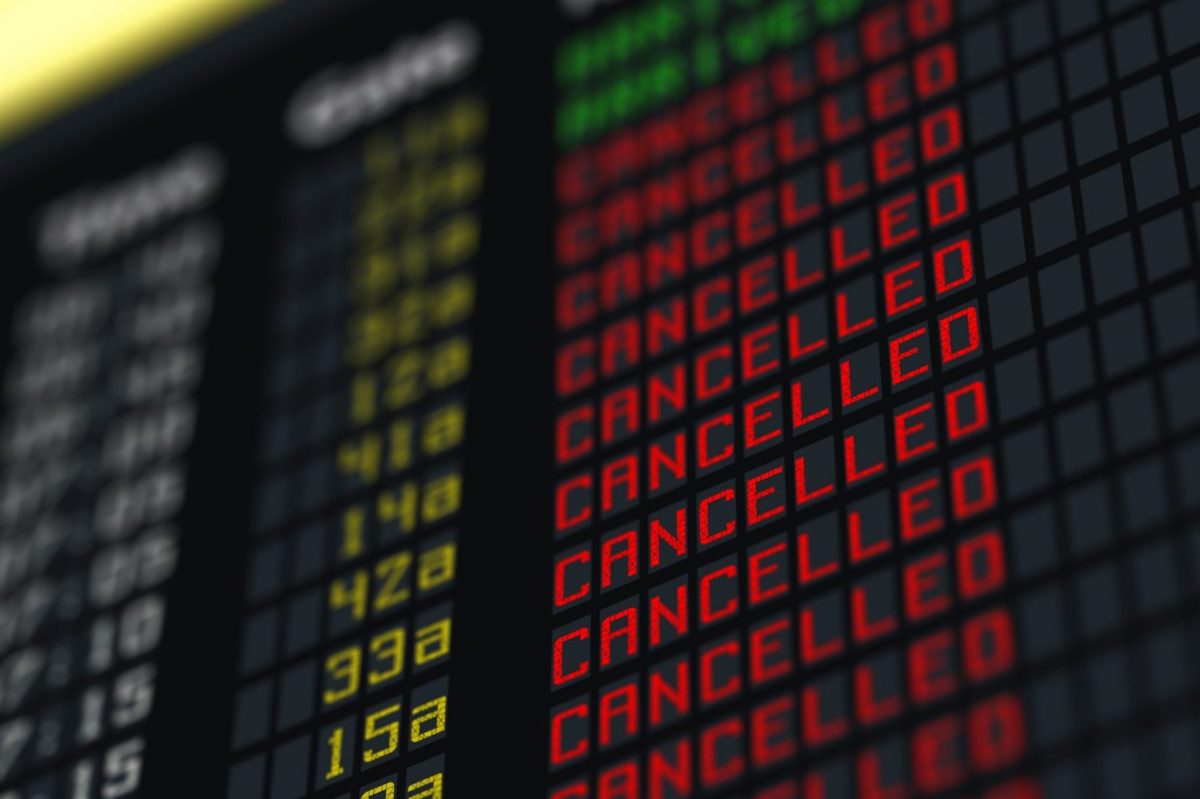Skift Take
Instead of heeding employee concerns, Southwest focused primarily on tech for customers, leading to a worst-case example of what can happen when modernizing operations is not a priority. May other airlines learn from Southwest’s mistake.
Southwest Airlines capped off its 2022 with the unenviable distinction of cancelling more than 15,000 flights in total during the week of Christmas, the result of a system failure caused by several issues that were exacerbated by a nationwide winter storm.
It was an unmitigated disaster for the Dallas-based airline, with the story leading news sites and network TV news broadcasts day after day, a public relations disaster that showcased its deficiencies in keeping its technology up to date.
As the debacle was being scrutinized heavily in the media each step of the way, the airline’s CEO, Bob Jordan, made several statements and appearances in an attempt to get ahead of the unfolding crisis and improve public perception.
Southwest Airlines CEO Bob Jordan (R) speaking at Skift Global Forum in New York City on September 23, 2021.Meanwhile, the issues that other airlines faced during the storm were quickly remedied, no system shutdown needed.
The primary reason for the major issue at Southwest was its outdated optimization technology, which the airline has outgrown over the past couple of decades. Company executives have admitted to prioritizing other things over investing in technology for operations, despite warnings from staff and some close calls previously. Paired with a staff shortage, the issue became too much for Southwest’s system to handle.
“This one clearly pushed it over the cliff,” said Robert Mann, airline industry veteran and president of aviation consultancy R.W. Mann & Co. “While they'
